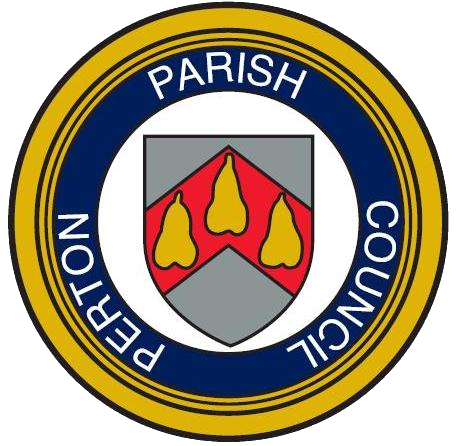The original Perton lay upon the slopes of Perton ridge down to the Bridgnorth Road. ‘Perton’ derived its name from ‘Pear Town’ in reference to a particular type of pear which grows in the area. The original manor was owned by Edward the Confessor and then by the Abbot of Westminster. The abbey held Perton manor until 1162 when it was transferred to the monarch who in turn gave it to Lord William Perton.
In 1260 a warren was set up for the rashing of rabbits and the manor was held by John de Perton, heir to William, in return for eight days knightly service to the King of England in his wars against the Welsh.
In 1523 it was sold to James Leveson, a merchant from Wolverhampton, and it eventually passed down to Richard Leveson, a sailor, who served aboard the Ark Royal in the English Navy and who fought against the Spanish Armada. He became a commander and in 1596 was knighted after playing a leading role in the Navy’s attack on Cadiz. After many subsequent attacks against Spain he was appointed Vice Admiral of England in 1604.
Perton once again changed hands when Sir Walter Wrottesley purchased Perton manor from Richard Sackville, 5th Earl of Dorset in 1662. It then remained in the Wrottesley family estate along with many farms until it was sold in the 1960s.
New Perton
During World War I, Fern Fields was used as a relief landing ground for No 38 (Home Defence) Squadron of the Royal Flying Corps.
In the period between the First and Second World Wars the site was used for barnstorming. On 22 June 1929 a famous aviation barnstormer named Alan Cobham went to Perton trying persuade local dignitaries that they should all have their own local airfields by making speeches and taking the mayors and officials of Walsall, Wednesbury, Wolverhampton, and Stourbridge for flights in his DH-61 Giant Moth (a ten-seater enclosed cabin aeroplane).
Shortly after the start of the second world war construction of RAF Perton began in the usual RAF triangular pattern, two of 1,100 yards and one of 1,400 yards, using ash from Lower Gornal and stone from Oldbury as a fighter station. However RAF Perton did not become a fighter station and instead served as a relief aerodrome for training pilots of other RAF stations – the Princess Irene Brigade of the Dutch Army trained RAF Perton and later took part in the liberation of their country.
In 1947 RAF Perton was abandoned and given to the Agricultural Land Commission with the Dutch camp becoming a refuge camp for Poles, Latvians and Lithuanians until 1950 when it was converted to housing and occupied until 1962.
In 1972, the Mander family sold the site of the former RAF station to a private developer for £5.5million, with the first houses being occupied within a couple of years and Perton being firmly established as a major residential area by the mid-1980s, by which time some 11,500 people were living there.
The name Perton now refers to this newer settlement with the old Perton being known as Old Perton or Perton Ridge. The only reminders of Perton’s history is a Memorial in honour of all who trained at RAF Perton – many of whom gave their lives during the war – and remnants of air raid shelters which can still be found in the surrounding woodland.
